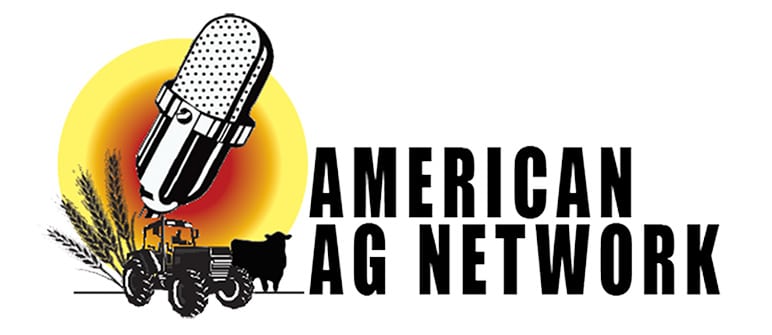At the National Ethanol Conference today in San Diego, Renewable Fuels Association President and CEO Geoff Cooper told nearly 1,000 attendees that 2024 will be “one of the most pivotal and consequential years the ethanol industry has ever experienced.”
As part of his annual state of the industry report, Cooper stressed that “several policy decisions expected in next three to six months will shape the future course of the ethanol industry for years—and perhaps decades—to come.”
Specifically, Cooper addressed looming questions about implementation of the Inflation Reduction Act’s sustainable aviation fuel (SAF) and clean fuel production tax credits, year-round E15, light-duty vehicle tailpipe GHG standards, and other important policy issues.
“Since eligibility for the IRA tax credits—and the ultimate value of the credits—is based on the carbon footprint of the fuel, it is imperative that regulators rely on the best available science, modeling tools, and data to determine carbon intensity,” Cooper said. “It’s also crucial that the models used for these tax credits include a broad array of carbon reduction strategies—from climate-smart agricultural practices to carbon capture, use and sequestration.”
Commenting on the Biden administration’s soon-to-be-released SAF carbon footprint model, Cooper said, “The modified GREET model will either help open the door for U.S. agriculture and ethanol producers to participate in the SAF market, or it will lock out the highest-volume, lowest-cost feedstocks and assure the failure of the administration’s ambitious SAF goals.”
On EPA’s tailpipe GHG standards, Cooper noted that the agency’s proposal “…would force automakers to dramatically increase the production of battery electric vehicles and strongly discourage them from pursuing other technologies that could achieve the same—or even better—environmental performance at a lower cost to American consumers.”
As EPA prepares to finalize its tailpipe regulation, Cooper said RFA continues to call for a level playing field. “If given the same opportunity and a fair regulatory framework, we are confident that higher ethanol blends—and the vehicles designed to use them—can play an instrumental role in affordable decarbonization of the nation’s auto fleet,” he said.
Cooper also highlighted the importance of year-round E15. “Not only does E15 slash harmful tailpipe pollution, reduce carbon emissions, and lower pump prices, but it gives ethanol a chance for modest growth in an otherwise declining gasoline market,” he said. “It helps us hold the line on demand as other new markets—like aviation, maritime, and heavy-duty—are emerging.”
E15 will not be the stabilizing market force the industry needs until the summertime RVP barrier is permanently removed and the fuel is available year-round, Cooper said: “Securing RVP parity for E15 remains a top priority for RFA and we won’t stop until we’ve accomplished that mission.”
In closing, Cooper underscored that the industry’s success in navigating these uncertainties will depend on continuing to reduce the carbon intensity of ethanol. “Lowering the carbon intensity of ethanol is the single most important thing renewable fuel producers can do to secure an even brighter future for the industry,” he said.
Cooper’s remarks also drew on the theme of this year’s NEC, “Powered by Partnerships.” He reflected on the ethanol industry’s many victories and advancements over the past 50 years and noted that “None of those successes would have been possible without the industry’s valuable partnerships and ability to work together with a diverse group of stakeholders.”
Cooper’s remarks, as prepared for delivery, are available here and the accompanying slides are available here.


